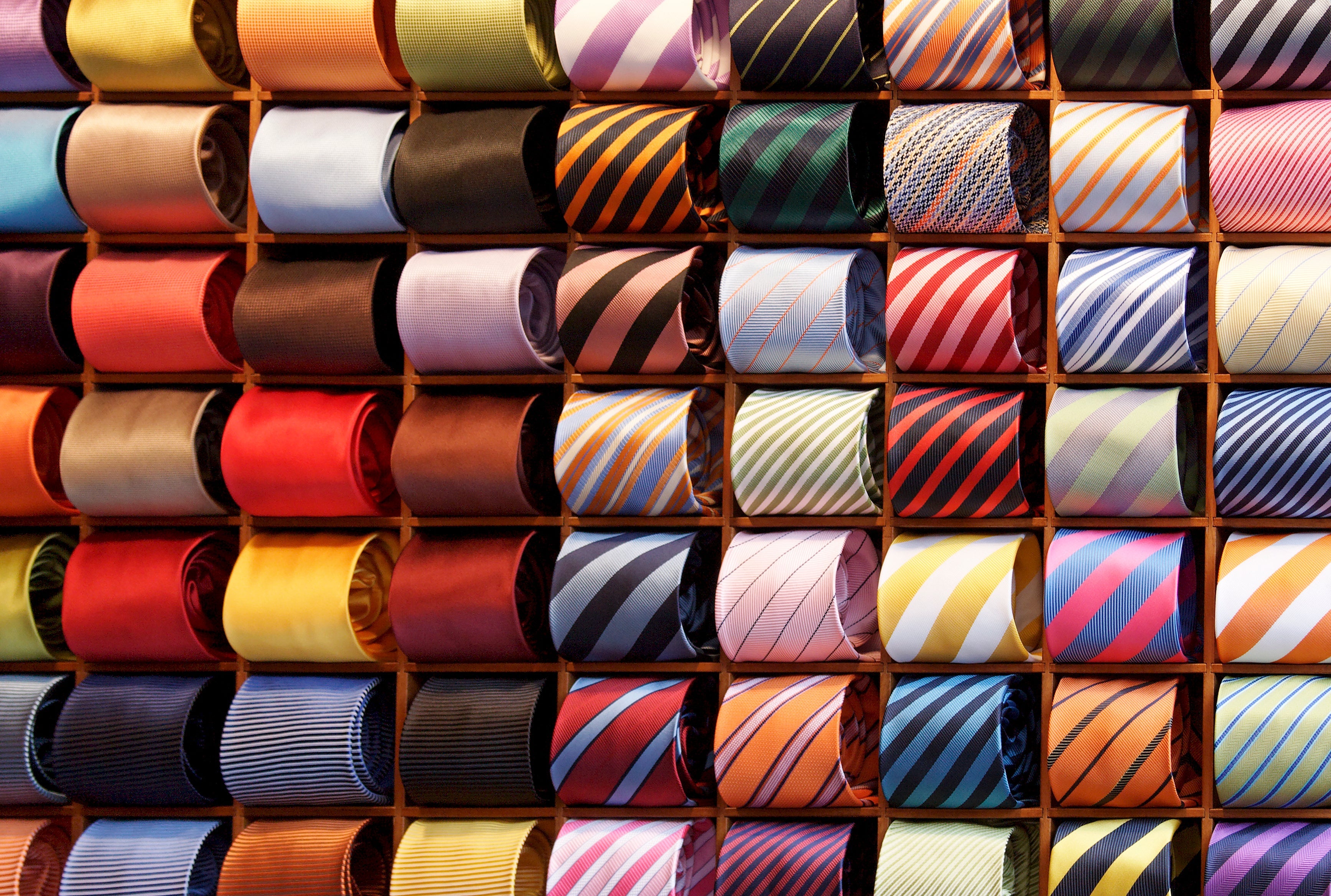Article: Handmade vs Machine-Made Ties: Which Truly Elevates Your Style?

Handmade vs Machine-Made Ties: Which Truly Elevates Your Style?
Introduction
In the refined world of menswear, the necktie is more than just an accessory—it's a signal of taste, craftsmanship, and personal flair. But with countless options available, the question remains: should you opt for a handmade tie or a machine-made one? This article explores the fundamental differences between the two, drawing insights from artisans and style experts alike to help you make the right choice for your wardrobe and identity.
Craftsmanship and Attention to Detail
Handmade ties are the product of skill, patience, and tradition. Each stitch is placed with intention, ensuring the tie lays correctly, knots easily, and maintains its form. Artisans inspect and construct each piece manually, using techniques passed down through generations. This level of attention is simply unmatched by automated production.
Machine-made ties, while consistent and cost-effective, often cut corners on construction. Edges may be fused rather than stitched, which can cause bubbling or fraying over time. In contrast, a well-made handmade tie boasts reinforced stitching and interlining, allowing it to gracefully endure years of use.
Customization and Unique Expression
One of the standout benefits of a handmade tie is the ability to personalize. Whether it’s the width, length, shape, or a particular fabric or pattern, artisans can tailor each detail to suit the wearer’s physique and style. Handmade ties can also feature unique details such as contrasting thread, hand-rolled edges, or limited-edition fabrics.
Machine-made ties are standardized. While they offer variety, they lack the uniqueness and tailored precision of artisanal work. For those who want their attire to reflect individuality, a handmade tie delivers unmatched personality.
Superior Knotting and Wearability
The construction quality of a handmade tie also enhances its practicality. These ties drape naturally, making knotting smoother and the resulting shape more symmetrical. Whether you prefer a Four-in-Hand, Half Windsor, or something more elaborate, handmade ties adapt better and resist the lumpy, uneven finish common with cheaper options.
Moreover, high-quality fabrics like silk and wool used in handmade ties recover their shape after wear, resisting creases and ensuring long-term elegance.
Supporting Artisans and Sustainable Fashion
Investing in a handmade tie isn't just a style choice—it's an ethical one. Buying from independent makers and small-scale studios supports artisan livelihoods and preserves dying crafts. It also promotes sustainability by resisting fast fashion cycles and focusing on durability.
Each handmade tie is a narrative. Whether it’s the story of the region it hails from, the heritage of the technique used, or the hands that made it, these ties carry meaning that no machine can replicate.
Conclusion
While machine-made ties have their place in affordability and accessibility, handmade ties deliver on all fronts that matter most to the style-conscious gentleman—craftsmanship, individuality, wearability, and ethical impact. They’re not just accessories; they are investments in both your appearance and the artisanal world. When you wear a handmade tie, you're not just dressing up—you're making a statement of elegance, authenticity, and timeless values.

